What is Multichain in Crypto? Understanding Blockchain
What is multichain in crypto? It's increasingly in relevance, so here's what you need to know.
In this article...
- Expand your understanding of crypto.
- Providing options for transfers of crypto.
- Here's how multichain works.
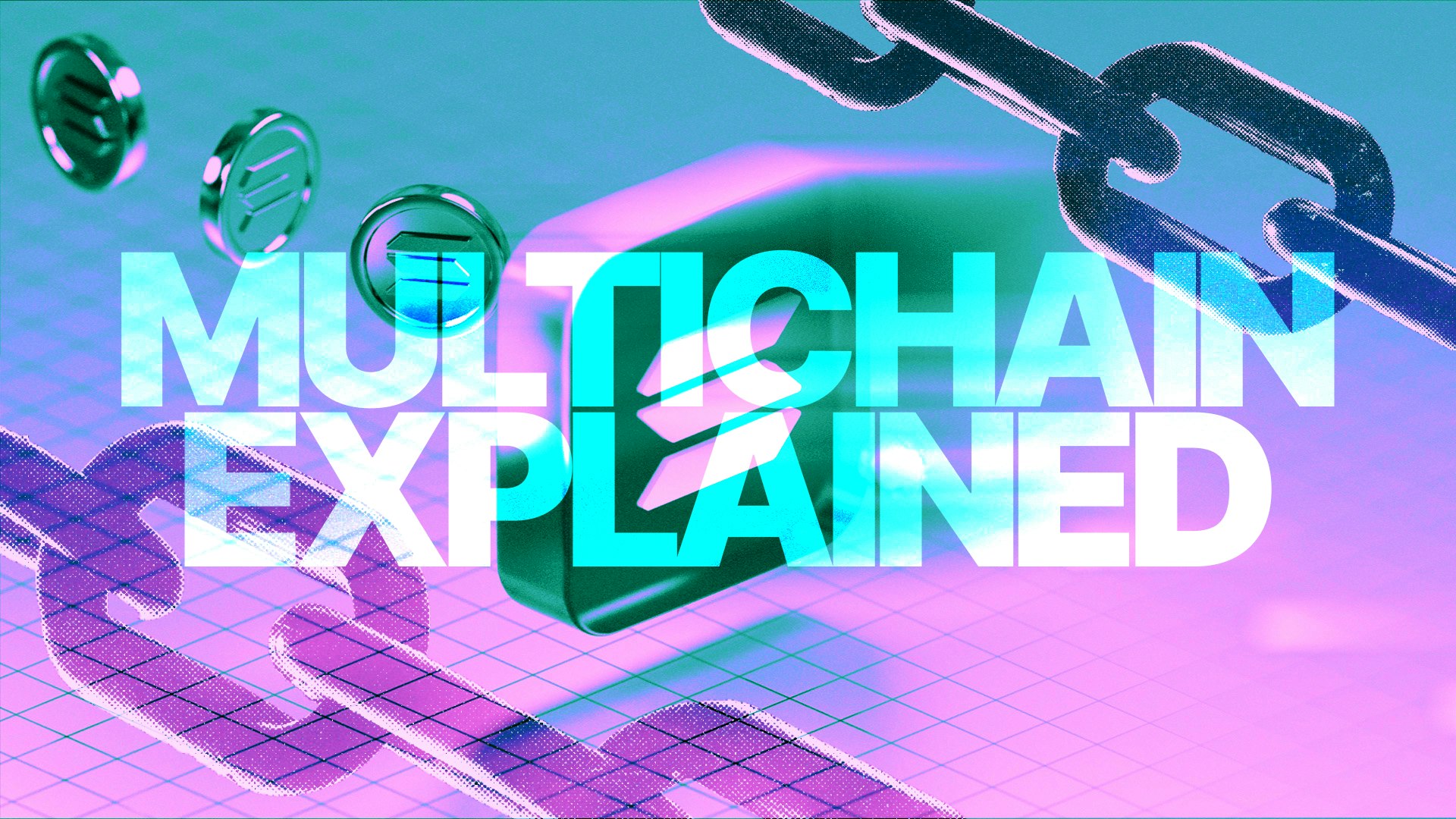
In blockchain technology or in crypto, you might have heard the term "multichain." But what exactly is it, and why is it becoming increasingly relevant?
Imagine different blockchain networks as separate islands. Each island has its own rules, currency, and way of doing things. Multiple chains, in essence, is like building bridges between these islands, allowing them to communicate and interact with each other.
It means that blockchain is developing into something that works better together, and it is a truly innovative technology if you are into blockchain and crypto.
When Investors buy Bitcoin and the blockchain
When you buy Bitcoin from CoinJar, blockchain technology plays a crucial role.
The blockchain facilitates the settlement and clearing of the Bitcoin transaction. Once the transaction is confirmed on the blockchain, it is considered final and irreversible, ensuring that both the buyer and the seller receive what they agreed upon.
The blockchain acts as the underlying technology that enables the protected, transparent, and decentralized transfer of Bitcoin when you buy it from CoinJar. Currently, not all blockchains communicate effectively with / "talk" to each other or operate together. But that is changing.
Why is multichain relevant?
Interoperability
This means the ability of different systems to work together. Multichain enables different blockchain networks to share information and value, making the whole ecosystem more connected and efficient.
Increased functionality
Think of each blockchain as having its own unique strengths. Multichain allows developers to tap into these strengths across different networks, leading to more powerful and versatile applications.
Scalability
As more people use blockchain technology, the networks can get congested, leading to slower transaction times. Multichain can help distribute the load across different networks, improving overall scalability.
Innovation
By breaking down barriers between blockchains, Multichain encourages collaboration and innovation, leading to the development of new and exciting use cases.
Interesting stuff
The most interesting thing about multiple chains all working together is the sheer potential it unlocks for collaboration across previously isolated blockchains. It's like finally bridging the gap between different countries that spoke different languages, allowing them to trade, share ideas, and build together.
The Ethereum Virtual Machine is now being adapted and extended to work with other blockchains.
Getting multiple chains to operate together is breaking down the "walled gardens" of individual blockchains, allowing users to freely roam and explore a much larger, interconnected crypto landscape.
Think of this as the "universal translator" of the blockchain world, enabling different networks to understand and communicate with each other seamlessly. It is shifting the narrative from blockchain competition to cooperation, encouraging projects to build on each other's strengths rather than trying to outdo each other.
How does multichain work?
There are different ways to achieve functionality with multiple chains, but they generally involve creating protocols and tools that allow different blockchains to communicate and share information in a protective manner.
Cross-chain Bridges: These are like the bridges that allow tokens or data to be transferred between different blockchains.
Sidechains: These are separate blockchains that are connected to a main blockchain, allowing for increased functionality and scalability.
Atomic Swaps: These enable the direct exchange of cryptocurrencies between different blockchains without the need for a centralised intermediary.
Multichain in action
This technology is already being used in various applications.
Decentralised Finance (DeFi)
Using multiple chains allows users to access a wider range of financial services across different blockchains.
Supply Chain Management
Multichain can improve transparency and traceability in supply chains by allowing different parties to share information across different networks.
Gaming
Multichain can enable the creation of more immersive and interactive gaming experiences by allowing players to own and trade assets across different games and blockchains.

The Future of Multichain
As blockchain technology continues to evolve, Multichain is expected to play an increasingly relevant role. By connecting different blockchains, Multichain has the potential to unlock a new wave of innovation and create a more interconnected and efficient blockchain ecosystem.
In conclusion, Multichain is a key concept in the blockchain world, enabling different networks to communicate and interact with each other. It has the potential to revolutionise the way we use blockchain technology, leading to more powerful, versatile, and scalable applications.
User experience will likely improve, taking away the complexities of interacting with multiple chains. Users may not even realise they're interacting with multiple blockchains.
Smart contracts could evolve to become "multi-chain aware," capable of executing complex logic across multiple chains.
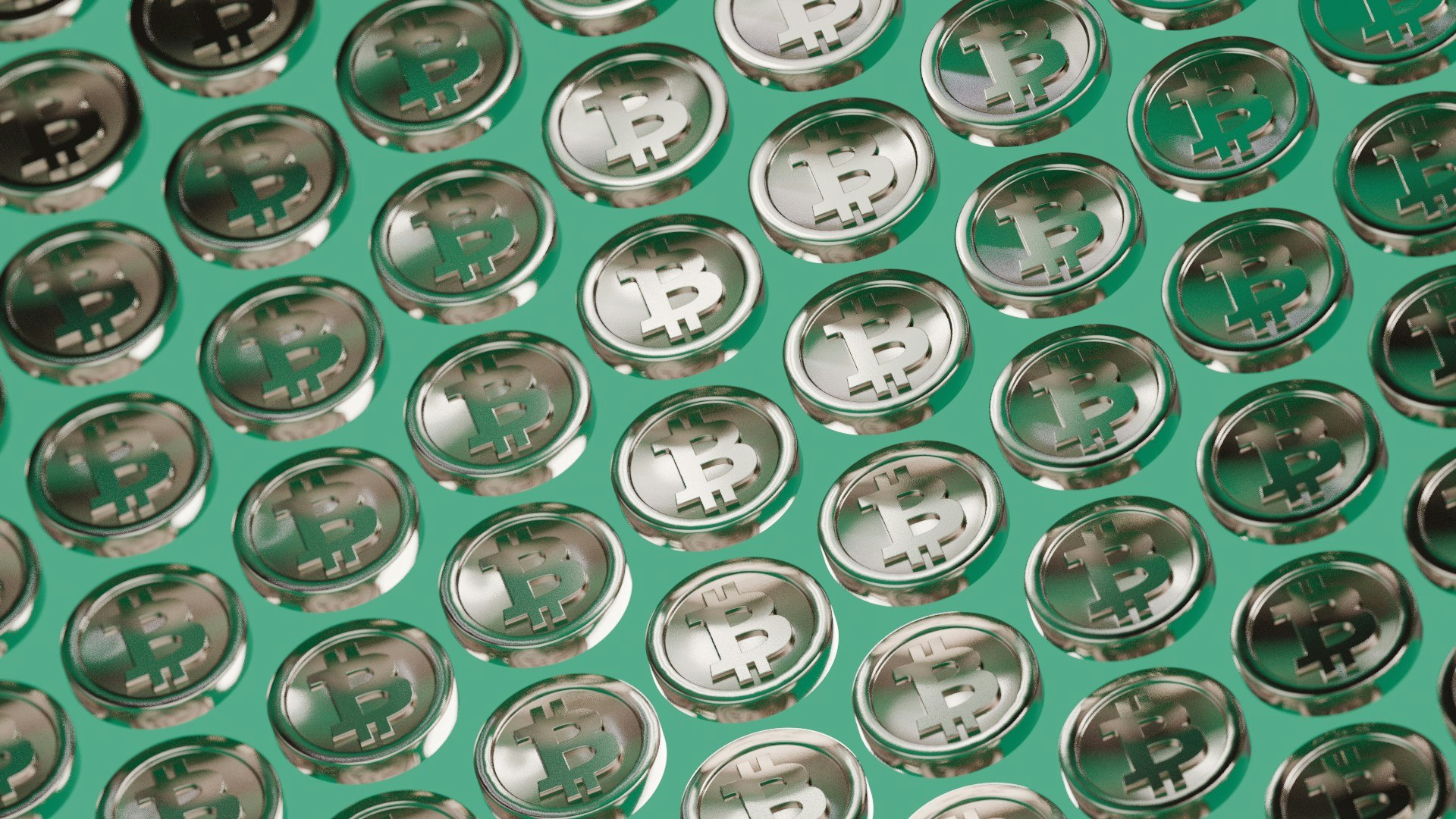
Frequently asked questions
What is multichain and how does it enhance the user experience in the crypto world?
It is interconnected blockchains, and refers to the ability of decentralised applications (dApps) and smart contracts to interact seamlessly across multiple blockchains, not just the Ethereum network.
This interconnectedness, enabled by technologies like bridges and modifications to the Ethereum Virtual Machine (EVM), allows for a smoother and more integrated user experience.
Multi chain enables developers in the realm of decentralized applications. How?
Multichain solutions liberate developers from the limitations of a single chain, granting them access to a diverse array of functionalities and user bases across multiple networks.
What are the core advantages and challenges associated with multichain ecosystems?
Multichain ecosystems, fuelled by open-source development, pave the way for a more open, flexible, and user-friendly blockchain landscape.
They enable a richer user experience, greater developer freedom, and enhanced interoperability between different networks.
However, they also come with challenges such as increased complexity in development and maintenance, potential security risks arising from cross-chain interactions, and the intricacies of ensuring consistency across multiple chains with varying consensus mechanisms.
Native tokens often play a crucial role in navigating these ecosystems, facilitating transactions and incentivising participation.
Why might gamers benefit from multiple chains all talking to each other?
Multichain refers to the ability of blockchain projects to interact across multiple blockchains. For gamers, this means more opportunities to own and trade in-game assets, participate in cross-game events, and potentially earn real-world value from their gaming skills.
This means true ownership of in-game assets. It allows gamers to truly own their in-game items, characters, and other digital assets, which can be traded or sold on various marketplaces, regardless of the original game. Imagine using your favourite character or weapon across different games on different blockchains.
Gamers can have more opportunities to earn cryptocurrency rewards or NFTs through gameplay, tournaments, and other activities. These assets can potentially be converted into real-world money.
What are some challenges or concerns?
The technical aspects of multichain can be complex, and developers need to ensure seamless integration and user-friendly experiences.
Also, interacting with multiple blockchains might introduce new security risks that need to be addressed to protect digital assets.
As more games and users adopt multichain, the underlying infrastructure needs to be scalable to handle increased transaction volumes and activity.
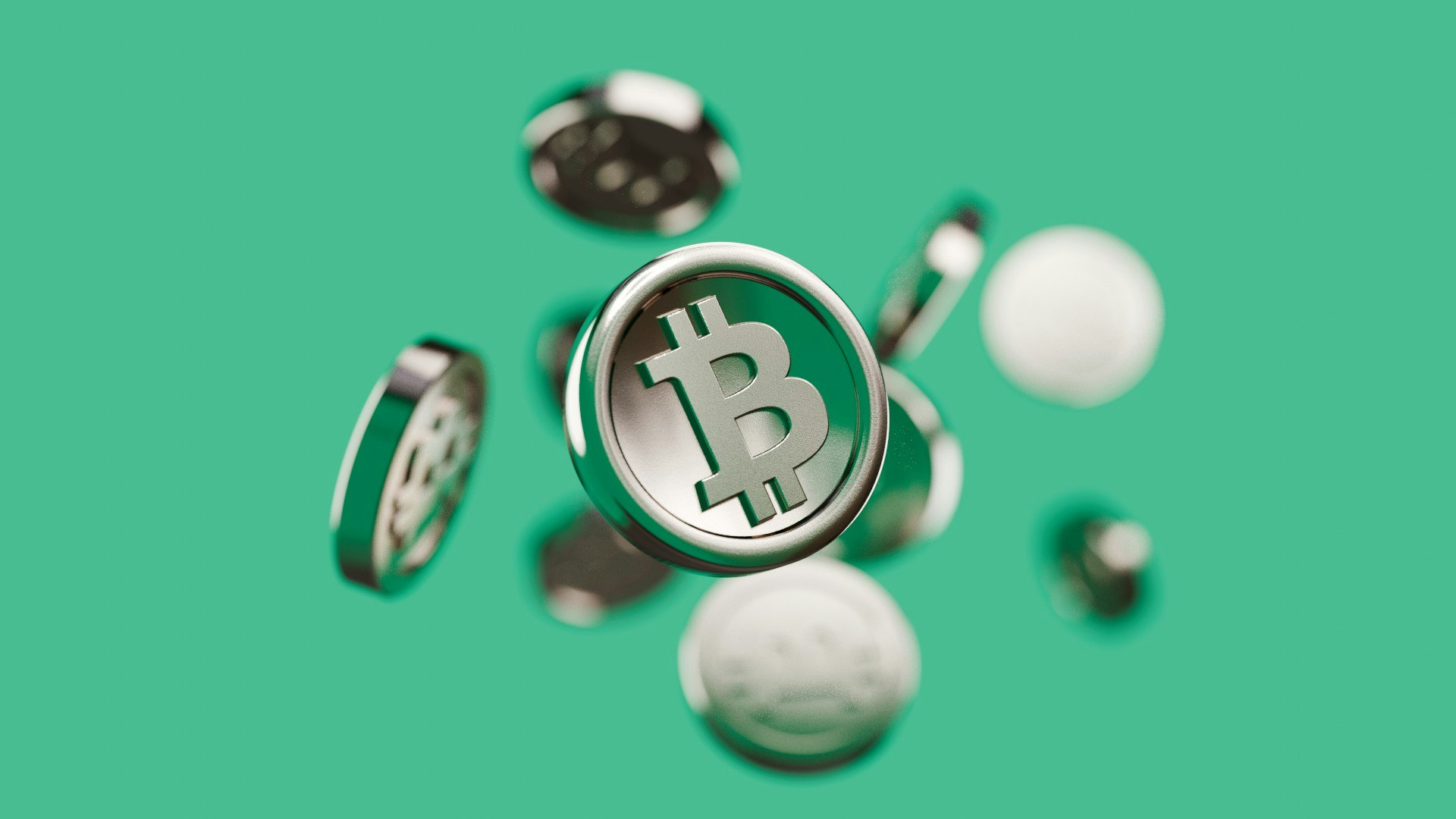

Suggested Articles
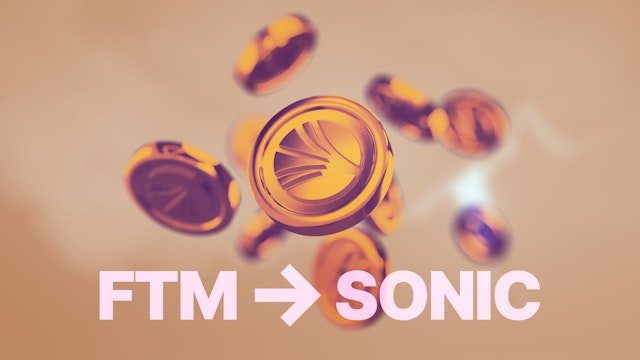
Fantom to Sonic: What CoinJar Users Should Know
What is happening with Fantom? What is Sonic? Here is everything you need to know.Read more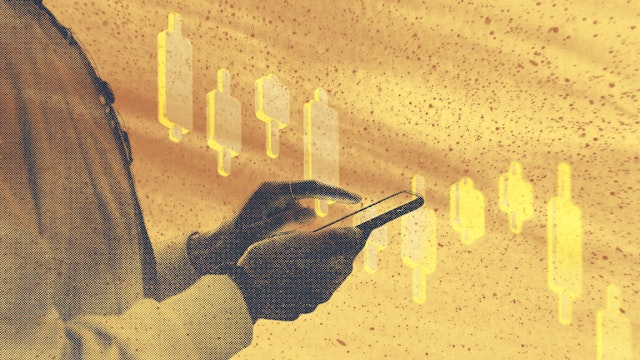
XRP Price Predictions: We Asked AIs, Here's What They Said
Everyone loves a crypto price prediction. What do the most popular AIs predict for the price of XRP at the end of 2025?Read more
Binance Account Statement: How to Get One Sent to You
Having trouble getting a Binance Account Statement? Here is a simple explanation that may be easier to understand.Read moreBrowse by topic
Standard Risk Warning: The above article is not to be read as investment, legal or tax advice and it takes no account of particular personal or market circumstances; all readers should seek independent investment advice before investing in cryptocurrencies.
The article is provided for general information and educational purposes only, no responsibility or liability is accepted for any errors of fact or omission expressed therein. Past performance is not a reliable indicator of future results. We use third party banking, safekeeping and payment providers, and the failure of any of these providers could also lead to a loss of your assets.
We recommend you obtain financial advice before making a decision to use your credit card to purchase cryptoassets or to invest in cryptoassets.
Capital Gains Tax may be payable on profits.
CoinJar's digital currency exchange services are operated in the UK by CoinJar UK Limited (company number 8905988), registered by the Financial Conduct Authority as a Cryptoasset Exchange Provider and Custodian Wallet Provider in the United Kingdom under the Money Laundering, Terrorist Financing and Transfer of Funds (Information on the Payer) Regulations 2017, as amended (Firm Reference No. 928767).
In the UK, it's legal to buy, hold, and trade crypto, however cryptocurrency is not regulated in the UK. It's vital to understand that once your money is in the crypto ecosystem, there are no rules to protect it, unlike with regular investments.
You should not expect to be protected if something goes wrong. So, if you make any crypto-related investments, you're unlikely to have recourse to the Financial Services Compensation Scheme (FSCS) or the Financial Ombudsman Service (FOS) if something goes wrong.
The performance of most cryptocurrency can be highly volatile, with their value dropping as quickly as it can rise. Past performance is not an indication of future results.
Remember: Don't invest unless you're prepared to lose all the money you invest. This is a high-risk investment and you should not expect to be protected if something goes wrong. Take 2 mins to learn more.
UK residents are required to complete an assessment to show they understand the risks associated with what crypto/investment they are about to buy, in accordance with local legislation. Additionally, they must wait for a 24-hour "cooling off" period, before their account is active, due to local regulations. If you use a credit card to buy cryptocurrency, you would be putting borrowed money at a risk of loss.
We recommend you obtain financial advice before making a decision to use your credit card to purchase cryptoassets or to invest in cryptoassets.
Specific risks associated with stablecoins: There is a risk that any particular stablecoin may not hold their value as against any fiat currency; or may not hold their value as against any other asset. Stablecoins carry the following risks:
Depegging events: Depegging events may occur with stablecoins that fail to maintain adequate controls and risk mitigants. A depegging event is when the value of the stablecoin no longer matches the value of the underlying asset. This could result in a loss of some or all of your investment.
• Counterparty risk: Counterparty risk arises when an asset is backed by collateral, involving a third party maintaining the collateral, which introduces risk if the party becomes insolvent or fails to maintain it.
• Redemption risk: Redemption risk refers to the possibility that an asset's ability to be redeemed for underlying collateral may not be as anticipated during market fluctuations or operational issues.
• Collateral risk: Collateral risk refers to the possibility of the collateral's value declining or becoming volatile, potentially impacting the asset's stability, particularly when it is another crypto-asset.
• Exchange rate fluctuations: Stablecoins, often denominated in US Dollars, expose investors to fluctuations in the USD:GBP exchange rate.
• Algorithmic risk: Algorithm risk refers to the possibility of an asset's stability being compromised due to unexpected failure or behaviour of the underlying algorithm, potentially leading to loss of value.
Specific risks associated with meme coins: 'Meme coins' (e.g. DOGE, SHIB, PEPE) are crypto-assets whose value is driven primarily by community interest and online trends. Meme coins carry the following risks:
• Volatility risk: Meme coins can have extreme price volatility, often experiencing rapid and unpredictable price fluctuations within short periods. The value of meme coins can be influenced by social media trends, celebrity endorsements, and other factors unrelated to traditional investment fundamentals.
• Lack of utility: Meme coins often lack intrinsic value or utility, being primarily driven by community interest, online trends, and speculative trading.
• Market manipulation: Meme coins may be susceptible to increased risk of market manipulation including 'pump-and-dump' schemes, where the price is artificially inflated followed by a sudden crash.
• Lack of transparency: Meme coins may have limited available information about their development teams, goals, and financials. This lack of transparency can make it challenging to assess the credibility and potential of a meme coin accurately.
• Emotional investing: Meme coins often garner strong emotional reactions from investors, leading to impulsive decisions. Emotional trading activity can amplify losses. Specific risks associated with DeFi tokens
Decentralised Finance (or 'DeFi') tokens (e.g. UNI, AAVE) are crypto-assets linked to financial applications and protocols built on decentralised blockchain technology.
DeFi tokens carry the following risks:Smart contract risk: DeFi relies heavily on smart contracts. Even a minor coding error or oversight can lead to a contract being exploited, potentially resulting in significant losses for DeFi tokens.
Regulatory risk: DeFi operates in a decentralised manner, often without intermediaries or financial crime controls. Regulatory bodies across jurisdictions might introduce new regulations impacting the use, value, or legality of certain DeFi protocols or assets. Rug-pulls / Exit scams: Some DeFi projects might be launched by anonymous or pseudonymous teams, increasing the risk of "rug pulls" where developers abandon the project and withdraw funds, leaving investors with worthless tokens.
Data/oracle risk: DeFi protocols often rely on external data sources or 'oracles. Manipulation or inaccuracies in these data sources can lead to unintended financial outcomes within the protocols.
Protocol complexity: The complexity of some DeFi protocols can make it difficult for average users to fully understand the mechanisms and associated risks.
If you use a credit card to buy cryptocurrency, you would be putting borrowed money at a risk of loss. We recommend you obtain financial advice before making a decision to use your credit card to purchase cryptoassets or to invest in cryptoassets.
Your information is handled in accordance with CoinJar’s Privacy Policy.
Cryptoassets traded on CoinJar UK Limited are largely unregulated in the UK, and you are unable to access the Financial Service Compensation Scheme or the Financial Ombudsman Service.
We use third party banking, safekeeping and payment providers, and the failure of any of these providers could also lead to a loss of your assets.
We recommend you obtain financial advice before making a decision to use your credit card to purchase cryptoassets or to invest in cryptoassets. Capital Gains Tax may be payable on profits.
CoinJar’s digital currency exchange services are operated in the UK by CoinJar UK Limited (company number 8905988), registered by the Financial Conduct Authority as a Cryptoasset Exchange Provider and Custodian Wallet Provider in the United Kingdom under the Money Laundering, Terrorist Financing and Transfer of Funds (Information on the Payer) Regulations 2017, as amended (Firm Reference No. 928767).
Apple Pay and Apple Watch are trademarks of Apple Inc. Google Pay is a trademark of Google LLC.
This site is protected by reCAPTCHA and the Google Privacy Policy and Terms of Service apply.

